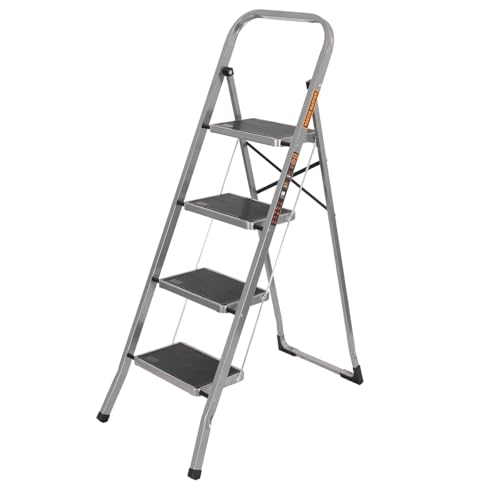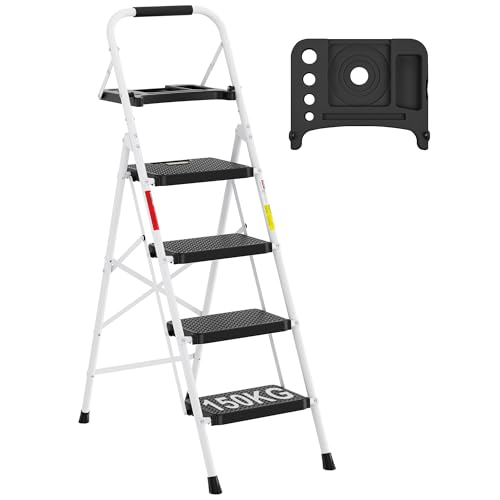Overview of Ladder Materials
A ladder is an essential tool for reaching heights inaccessible by foot, and it comes in many types and materials. While ladders can be made from many materials, some are more commonly used than others due to their properties, availability, and cost. This article explores the main materials used for making ladders, their benefits, and drawbacks.
Wooden Ladders
Wooden ladders are among the oldest and most traditional types of ladders. They are desirable for their aesthetic appeal, durability, and high weight capacity. However, wooden ladders tend to be heavier than other materials and require periodic maintenance to avoid rotting and warping. Pine, oak, and fir are common wood species used for making ladders. They are suitable for indoor and outdoor use, except in wet or humid conditions, which can weaken the wood and cause it to split or crack.
Aluminum Ladders
Aluminum ladders are lightweight, strong, and rust-resistant, which makes them popular in many applications, from industrial to household use. They are also affordable and require low maintenance. Aluminum ladders are excellent in wet and damp areas, as they do not corrode or rust. However, they have a lower weight capacity than other materials, and prolonged exposure to UV rays and extreme temperatures can weaken them. Aluminum is widely recyclable, making it an eco-friendly ladder material.
Fiberglass Ladders
Fiberglass ladders are gaining popularity over the years, especially in industrial and electrical work, where safety is a top priority. They are not conductive of electricity, which significantly reduces the risk of electrical shock when working near live wires. Fiberglass ladders also have a high weight capacity and are resistant to moisture, corrosives, and pests, making them ideal for outdoor use. On the downside, fiberglass ladders are heavier than aluminum, more expensive, and not recyclable.
Steel Ladders
Steel ladders are strong, durable, and can withstand heavy loads. They are widely used in construction, mining, and industrial settings where ruggedness is crucial. Steel ladders can also be used outdoors in harsh environments, but they require an anti-corrosive coating to prevent rust and wear. Steel ladders are the heaviest among ladder materials, which may limit their mobility. They are also susceptible to scratches and dents that can affect their strength and safety over time.
Choosing the right ladder material depends on your intended use, budget, and preferences. Each material has its advantages and limitations, but all are designed to support a safe and efficient working environment. Consider the weight, strength, durability, and safety features of a ladder before making your purchase decision. Remember to follow the manufacturer’s instructions on usage, maintenance, and load capacity for optimal ladder safety.






